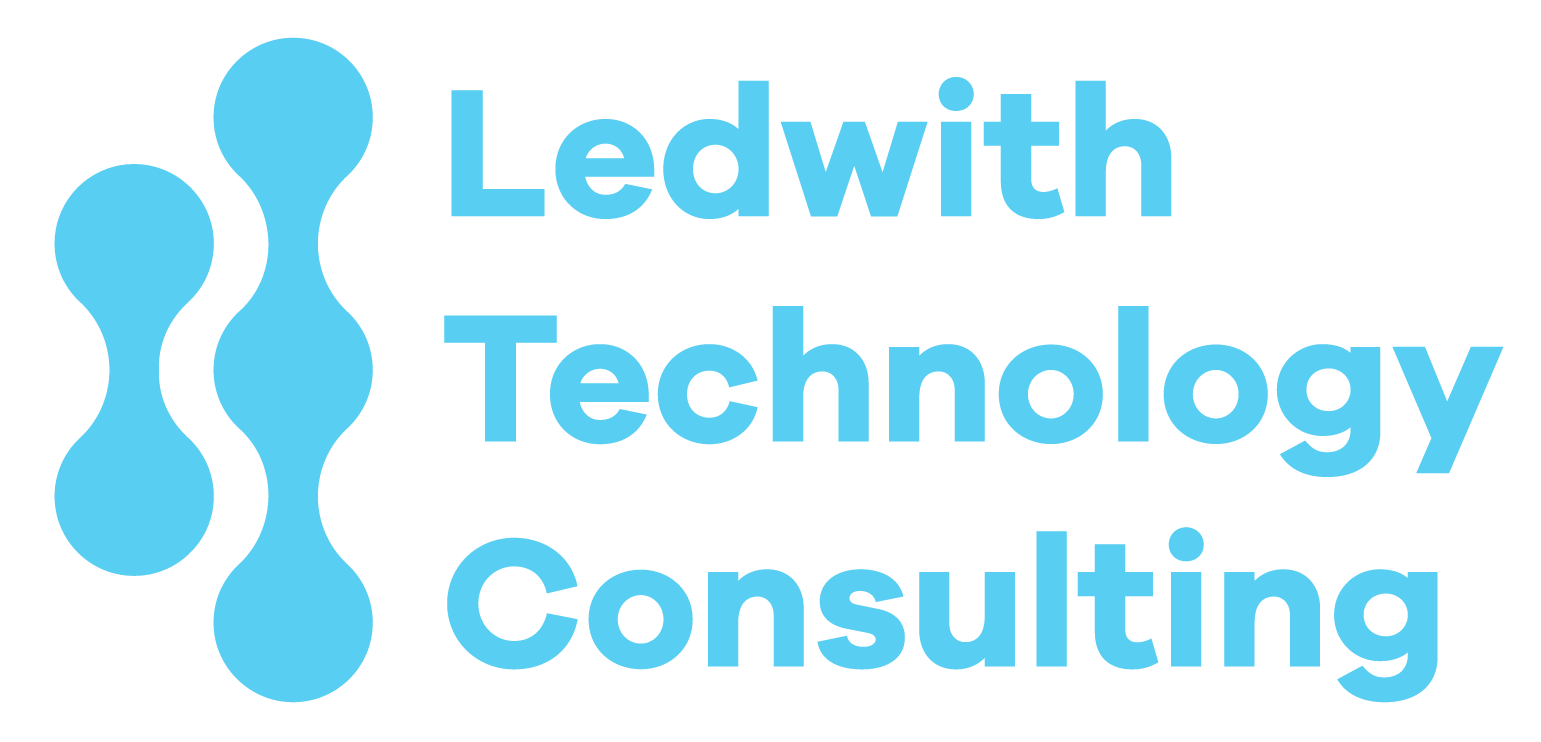By Stephen Ledwith July 27, 2025
As engineering teams embrace autonomy, the risk of shadow IT—unauthorized technology solutions that bypass official channels—can grow. This article explores how to balance autonomy with visibility, governance, and trust.
Table of Contents
- Introduction
- What is Shadow IT and Why It Happens
- The Risks of Shadow IT
- Strategies for Preventing Shadow IT
- Real-World Tools and Practices
- Fostering Transparency and Trust
- Best Practices for Balancing Autonomy and Oversight
- Conclusion
- Reflection Prompt
1. Introduction
Autonomous teams often innovate faster, but this freedom can lead to hidden or unauthorized solutions, known as shadow IT. According to Gartner, shadow IT can represent 30% to 40% of IT spending in large enterprises (Gartner Report).
2. What is Shadow IT and Why It Happens
Shadow IT refers to software, hardware, or cloud services used without official IT approval. It often happens because teams:
- Need faster solutions than official channels provide.
- Lack trust in IT processes.
- Seek specialized tools not yet adopted by the organization.
- The organization lacks qualified people to vet and acquire the necessary tools.
3. The Risks of Shadow IT
- Security Risks: Unapproved tools may lack proper security controls, leading to data breaches.
- Compliance Risks: Tools may violate regulations like GDPR or SOC 2.
- Data Silos: Shadow IT creates fragmented data, making collaboration harder.
4. Strategies for Preventing Shadow IT
- Adopt a Product Mindset: Treat internal tools like products, focusing on user needs and fast delivery.
- Provide Clear Guidelines: Publish a list of approved tools and how to request new ones.
- Use Self-Service Platforms: Provide a platform where teams can spin up tools within governance boundaries.
5. Real-World Tools and Practices
- Service Catalogs: Tools like ServiceNow allow teams to request tools while ensuring governance.
- Internal Developer Platforms (IDPs): Platforms like Backstage create a central hub for tools and services.
- Cloud Management Platforms: Solutions like CloudHealth help monitor cloud spending and usage.
6. Fostering Transparency and Trust
- Visibility Engineering: Implement dashboards that show tool usage, cloud spend, and security posture.
- Open Communication: Hold regular forums where teams can share new tools and collaborate on approvals.
7. Best Practices for Balancing Autonomy and Oversight
- Automation and Policy Enforcement: Use tools like OPA to enforce policies within CI/CD pipelines.
- Guardrails, Not Roadblocks: Set boundaries rather than heavy restrictions to empower teams.
8. Conclusion
Shadow IT is a natural byproduct of autonomy, but with the right tools and culture, it can be managed without stifling innovation. Empower teams to innovate while maintaining security, compliance, and transparency.
9. Reflection Prompt
What tools or processes does your team use to manage shadow IT? How can you implement self-service and visibility to reduce risks?


